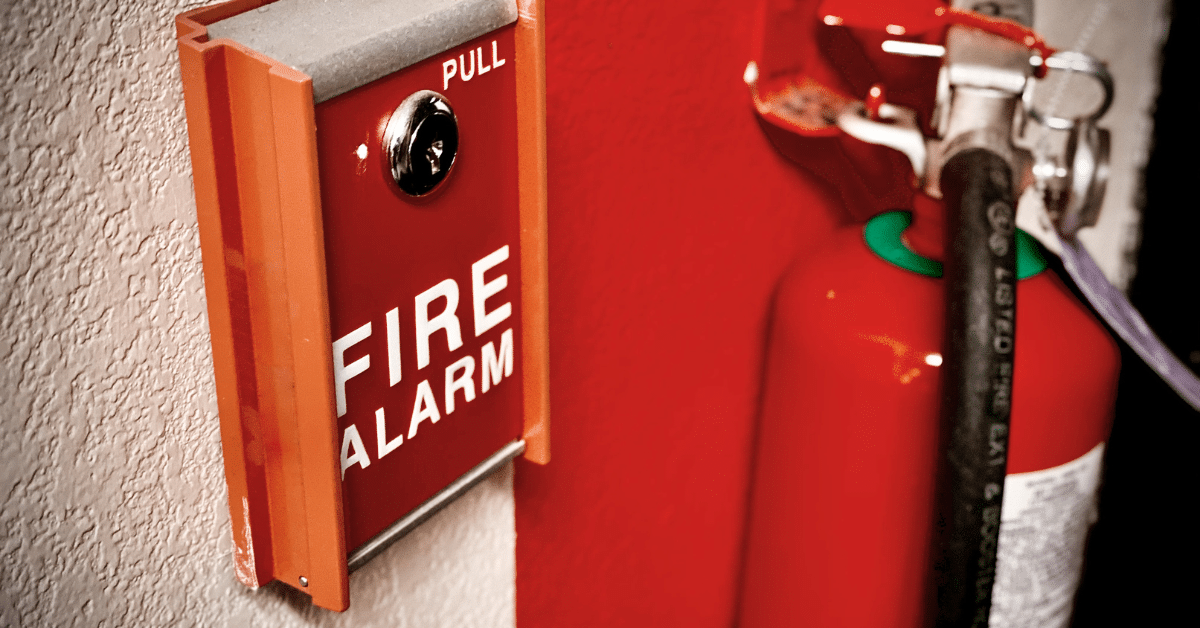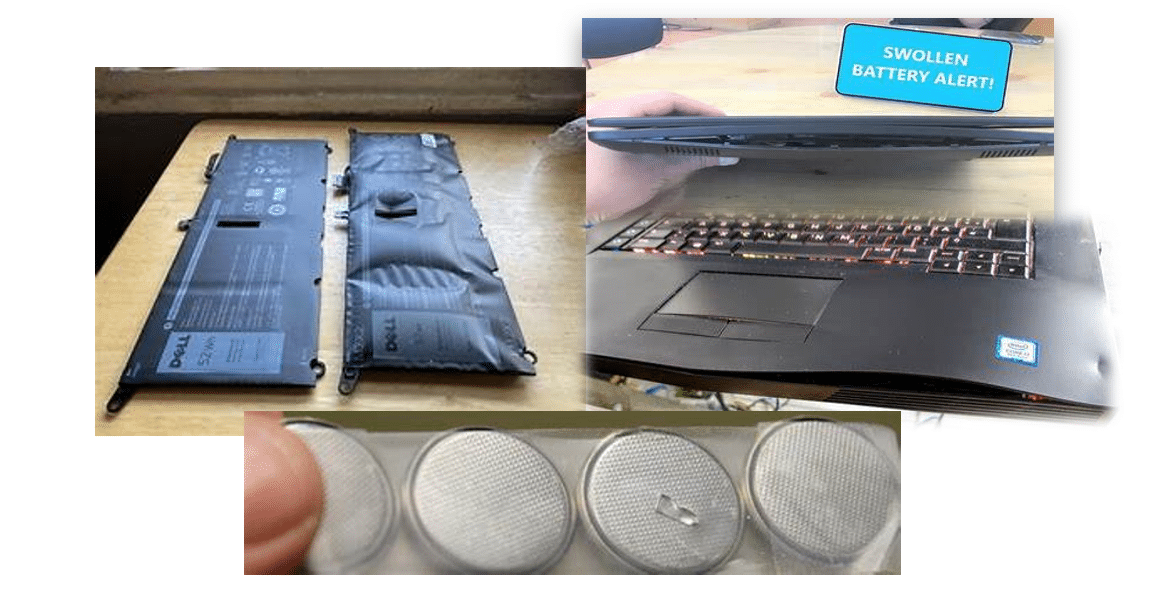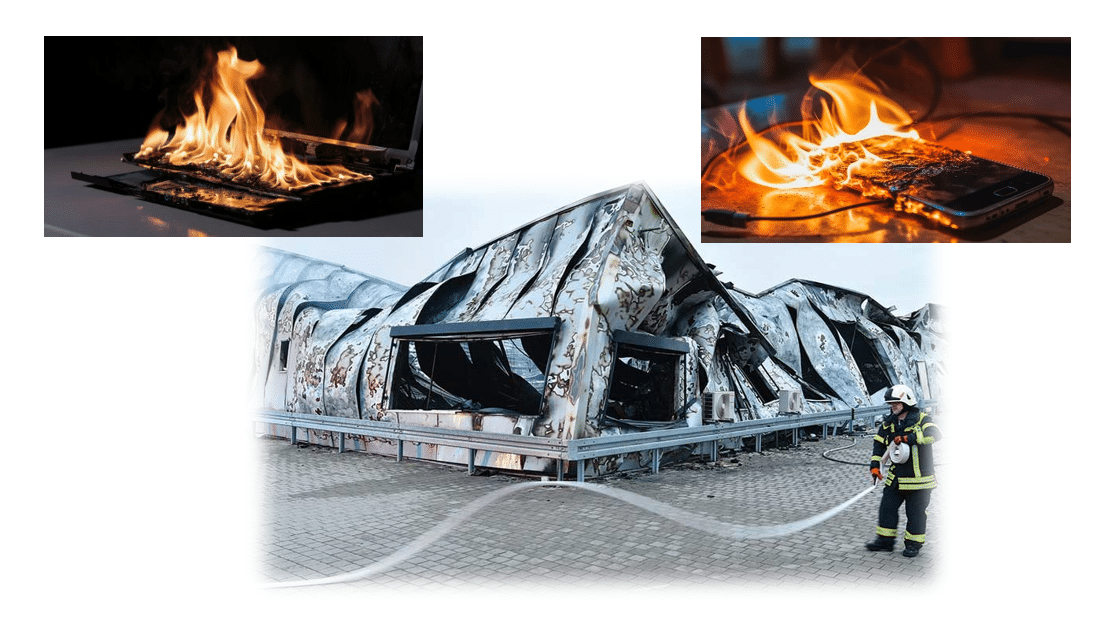Battery Fires – What’s the Risk to Me?

Battery fires are one of the highest safety risks associated electronics recycling and are an import facet of your ITAM program procedures. Batteries, particularly, Lithium-ion batteries, have become an increasing concern in recent years.
We have all seen swollen laptop batteries that are bulging and pushing the laptop or cell phone apart and when removing them, the thin protective case is stretched beyond design or even ripped or separated. Maybe you have a pile of the button batteries laying around and never gave much thought to them. These batteries are at extreme risk to catch fire or even explode
Does this look familiar?

So, what can we do? Your ITAM procedures should define the following steps to create a defined process
- Battery removal
- Identification and segregation
- Proper storage
- Training and safety protocols
- Proper disposal
If we have defined processes, we can address the risks and focus our efforts on proper management.
Here are 5 steps that can guide you in the right direction:
- Safety First: Deal with the Immediate Risks first. If the battery is swollen or leaking and has visible damage, treat it as a potential fire hazard. Avoid Short Circuits. Do not attempt to charge or use the battery.
- Place in a Fireproof Container: Place the damaged battery in a fireproof of non-flammable metal box or storage bag made for damaged batteries. If you do not have a specific container, use a Ziplock storage bag and seal it up. Cutting off the oxygen supply and giving the battery another protective layer will serve you well.
- Store in a Cool, Dry Place and Monitor: Store the batteries in a cool, dry place away from direct sunlight or heat and away. Not in a desk drawer, cabinet or on a work bench. Wrap them in packing tape, bags or other sealed options and put them in a defined, labeled container until they are removed from your building. Regularly monitor these until they are removed from your facility. Check for heat, smoke, or a strange smell. If any of these are noticed, elevate this to an immediate risk and follow your defined procedures.
- Use Sand or Salt: If your concerned about leakage or a fire risk, put the batteries in metal can with a lid with sand and cover it up to absorb and leaking chemicals
- Disposal and Recycling: Never throw in the trash. You will have determined your process and vendor who will handle them from here so follow those predetermined practices. Contact your established battery recycler or your ITAD vendor for next steps.
Some of these guidelines may seem like common sense and they very well may be for some. But having defined processes in place will help ensure all on your team are aware of the risks!

